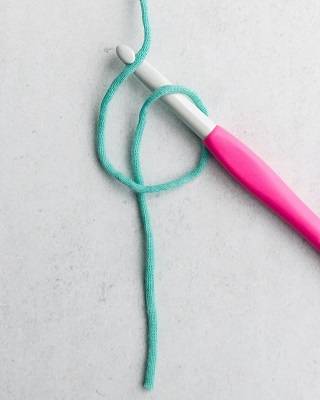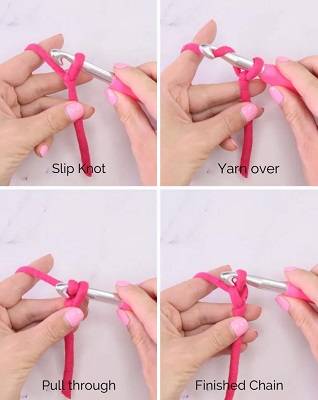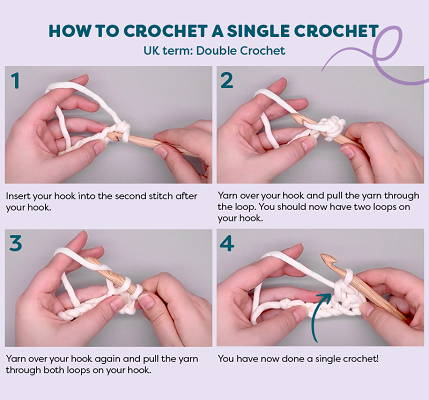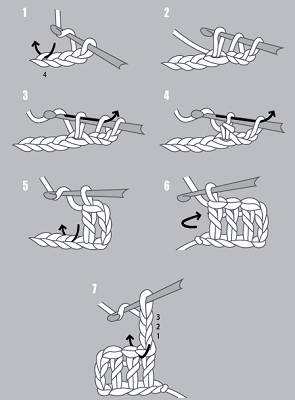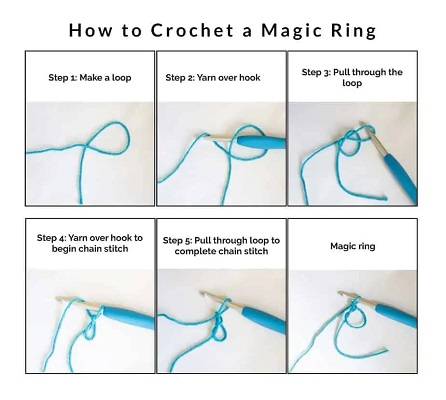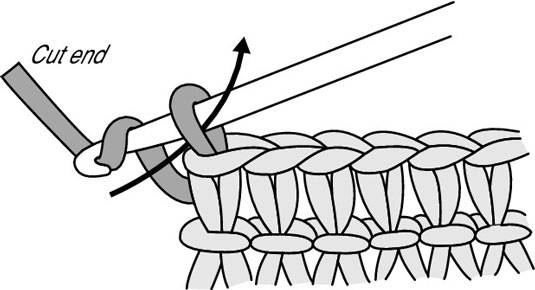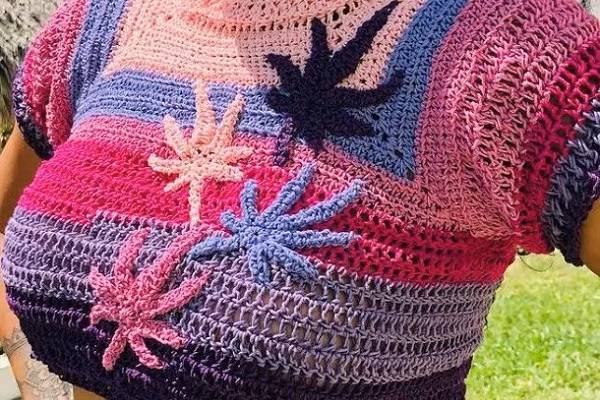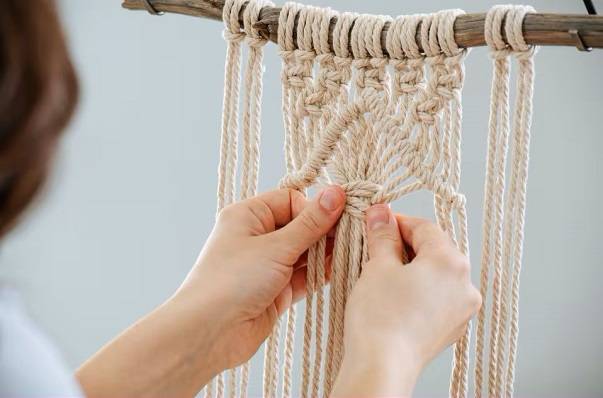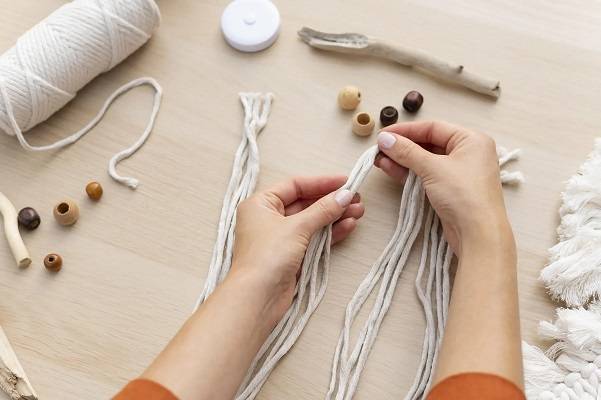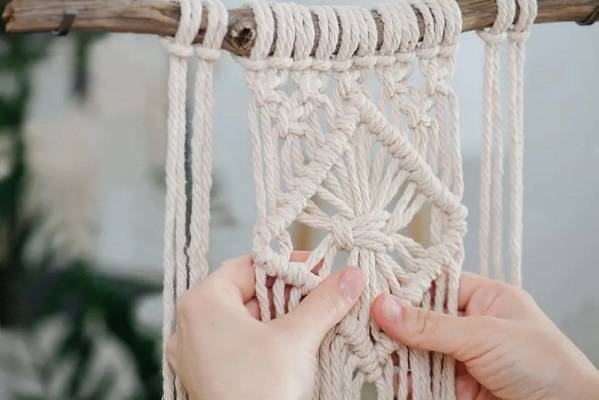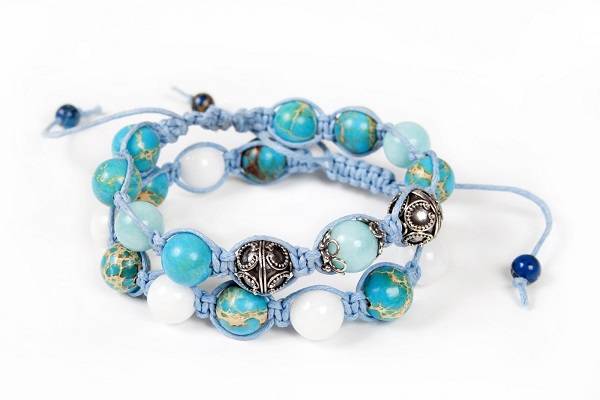CROCHETING 101
Crocheting Guide for Beginners: Learn How to Crochet & Where To Start
Everything You Need To Know About Crocheting In One Place. Essential Stitches, Tools, Supplies & Much More!

Innovation & Quality
Developing and supplying premium-quality, sustainably grown, consumer products
100% Natural
Organically Grown and Ethically Sourced
hemp and other natural fiber products
Shipping
We offer fast shipping
Your order out within 1-3 days
Wholesale
Visit our wholesale portal to register or login to your account
If you have always wanted to learn how to crochet and are eager to learn a new hobby and acquire new skills, you have come to the right place! Crocheting is an old craft with a recent surge in popularity, so it’s no wonder you want to check it out and test your skills. If you are wondering where to start, this guide is just for you!
In this article, we have covered the essentials of crocheting including basic explanations and instructions that are not hard to follow. Here, you will find information on the origins of this craft, how to choose your tools, supplies and how to do most common stitches. We will also explore mental health benefits of crocheting and why it’s good for your health.
Discover Eco-Friendly Crochet Supplies From a Renowned Manufacturer - Hemptique
Ever since its founding in 1997, our mission has been to make the world a greener place. At Hemptique we are passionate about preserving our environment and we put a lot of thought into the creation of our merchandise. We proudly deliver top-quality, sustainable crochet cord and twine, for both beginners and seasoned crafters. When it comes to crocheting, we have designed biodegradable, eco-friendly hemp yarn bon bons that are easy to work with, as well as hemp cord spools in various colors and sizes. They are durable, strong, and do not fray or break easily. Our hemp bon bons are available in five color variations, with 6 yarn balls in each set. Hemptique crochet supplies are perfect for making all kinds of handicrafts, including sweaters, tote bags, cushion covers, granny squares, and wall hangings. For more information, call (760) 602-4864. ext. 403 and 405. Register for our wholesale account or order in bulk and start enjoying crocheting while being eco-conscious.
What Is Crocheting?
Crochet is a textile art that involves using a hooked needle and yarn or thread to craft looped fabric. It resembles knitting, but instead of two needles, a single hook is used to interlock loops. With crochet, you have the possibility to make quite a few items, such as blankets, lace, scarves, pullovers, etc. It's a very popular hobby practiced by a large number of people all over the world that has proved to have health benefits too!
Crocheting Through History
Crochet has been around for centuries and has significantly evolved over time, but its true origins still remain a mystery.
It is believed that it originates from ancient Egypt, where crocheting was used to make clothing for wealthy people. However, the first real evidence of crocheting comes from 19th century Europe, where it was typically done using linen or silk yarn. During the century, lots of books and magazines on crocheting were published. Even Queen Vicotria was passionate about this craft. Some of the most popular types were Tunisian (“Afgan”) crochet, Irish crochet, and Filet crochet. The popularity of crocheting grew and people started to use this needlework technique to make warm clothing and household items.

Basic Crochet Stitches Explained
As with acquiring any new skill, crocheting takes time. Begin with learning basic stitches and proceed to advanced ones when you are confident enough to move on to the next level. Here are some basic stitches used for crafting rugs, blankets, sweaters, bags, scarves, cardigans, and more.
Slip knot (sl st)
The first step in any project is tying a slip knot. This is an adjustable loop, that slips right onto the hook. To tie a slip knot, fold the short end of yarn over the long end and pull it through the loop, before tightening it onto the hook.
Chain stitch (ch)
In crochet patterns this type of stitch is marked with the abbreviation “ch” or “chs”. It is the first stitch you will learn and use time and time again. To make a chain, tie a slip knot, pull yarn over and through the loop.
Single crochet stitch (sc)
After you master chain, it is time to move to single crochet stitch (“sc”). Insert the hook through second stitch, yarn over, through the loop, yarn over again, and pull through both loops.
Double crochet stitch (dc)
The double crochet stitch is taller than the single stitch and is made by placing the yarn over the hook and wrapping it around the hook, back to front. Continue by inserting the hook into the third chain. Yarn over and pull up a loop. Finally, yarn over again and run through the first two loops.
Crocheting Techniques
After you have learned and practiced basic stitches, it is time to learn essential techniques which will help you create more complex yarn handicrafts.
Magic Ring or Magic Circle
Magic ring is often times a starting round point, typically for amigurumi patterns. Although it might feel fiddly in the beginning, it is not that hard to make.
Fastening off the design
This is the final step that secures the yarn in place and completes the design. To properly fasten the design off, you need to cut a tail that is long enough to pull through the last loop. Sew it in according to instructions to ensure your item is secure and withstands the test of time.
Supplies & Tools Needed
You do not need a lot of tools to start crocheting. In fact, you will only need the following:
- a crochet hook
- other supplies - yarn needle, stitch markers, small scissors, measuring tape
How To Choose Yarn
Choosing the right supplies is exceptionally important for the outcome of any craft and the same is true for crocheting. There are lots of types of yarn to choose from, offered in various sizes, materials, textures, and weights. It comes in a vast array of thicknesses, typically labeled with numbers (0 to 7), from delicate lace and super fine yarn to super bulky and jumbo yarns.
Materials
Natural yarn
- Plant-based – hemp, cotton, bamboo, linen, soy
- Animal-based – wool, cashmere, mohair, alpaca, angora, etc.
- Protein based - silk
Synthetic (man-made) fibers include nylon, acrylic, rayon, polyester, etc.
Guidelines for picking the most suitable yarn:
- The pattern typically lists recommended yarn weight
- • The length indicated on the label helps determine how many balls you need
- Always purchase an extra ball of yarn to ensure completion without delays
- Merino wool or wool blends are preferred for winter apparel and accessories as they are the warmest kind of material

How To Choose Crocheting Hooks
Finding the perfect tool for your chosen craft is vital as it allows you to successfully take on the project and enjoy it better. There are so many different hooks on the market that novice crocheters might find it challenging to select the right one. They come in a wide range of sizes and can be made of steel, aluminum, plastic, bamboo, and wood. They can be inline, tapered, standard, ergonomic, Tunisian, or Knook.
Here’s a few helpful tips on how to find the ideal hook for your needs:
When it comes to picking a crochet hook, everyone has a different preference. People who suffer from arthritis like lightweight plastic hooks because they are gentle on hands, while others prefer the warmth and earthy feel of the wood.
Yarn labels usually have information about the required hook size
- Larger hook sizes are typically used for open airy weave, while smaller ones are used for making denser fabrics
For slippery materials like acrylic, choose wooden hooks for added grip
Use ergonomic hooks to reduce pain in hands
For Amigurumi projects it is best to use small hooks with thick yarn
Where To Buy Yarn
There are lots of places that sell yarn, from local shops and large chain stores to direct distributors and private sellers in online marketplaces or yard sales. To acquire premium quality yarn with exceptional properties, suitable for both beginners and expert crocheters, visit crochet supplies collection on our website.
Benefits Of Crocheting
Crafting with yarn has proven to be very transformative for the persons who are practicing it. It offers a multitude of mental and physical benefits:
- Lowers stress and anxiety levels by relaxing and calming the mind
- • Creative outlet that releases dopamine and uplifts emotions
- • Low-impact hobby suitable even for individuals with limited mobility
- • Can be a social hobby and group therapy, connecting people of similar interests
- • Increases dopamine and serotonin levels
- Reduces high blood pressure
- Improves hand-eye coordination, dexterity, and fine motor skills
- Nurtures productive mindset
Crochet & Knitting Symbols & Manufacturer Labeling
If you are a beginner, you might be confused or overwhelmed with all the different symbols, abbreviations and new terminology, but don’t worry. The manufacturers, book and magazine publishers, consultants, and members of the Craft Yarn Council (CYC) work on setting up basic guidelines that will bring uniformity to labeling cords, yarn, threads, needles and hooks.
Below are the most common abbreviations:
Below are the most common abbreviations:
- Ch - Chain or Chain stitch
- Sl St (SS) - Slip stitch
- Sc - Single crochet
- HDC - Half double crochet
- DC - Double crochet
- TR - Treble or triple crochet
- YO – yarn over
- ML (MC) - Magic loop or Magic circle
How Do I Learn To Crochet?
It is not that hard to learn how to crochet, although it can be a bit complicated in the early stages. As with mastering any other craft, learning how to crochet requires persistence and patience. Start with basic, simple techniques and several stitches. After you feel confident enough, move on to more advanced techniques and patterns. Once you’ve done learning and practicing, with time and accumulated experience, you will be able to craft all kinds of items, from potholders and baby mittens to tapestries and tote bags.
Useful tips:
- Start with simple and repetitive patterns
- Track your work by marking off rows on a printed copy of the pattern
- • For even stitches, maintain consistent tension and relaxed and loose stitches
- Make sure your gauge matches the pattern
- Count and inspect stitches at the end of each row to ensure you haven’t missed a stitch
- Try different yarns and hooks to find the ones you feel most comfortable working with
Commonly Asked Questions
1. How long will it take me to learn crochet?
The exact time frame depends on your pace and how committed to learning you are. If you practice regularly, you should acquire enough skill to craft at least one complete item within a period of one month. However, if you do not practice regularly, it will take you more than a month to learn the essentials. Start with basic stitches and move on to more complicated patterns and designs once you improve your skills and knowledge.
2. What things can I make using crocheting technique?
When it comes to creations made using simple cord and hooks, the possibilities are truly endless. You can make almost anything! Try crafting blankets, throws, cushion covers, sweaters, cardigans, shawls, hats, beanies, sun hats, and stuffed toys.
3. Macrame vs crochet vs knitting – How do I know which one is most suitable for me?
Macrame is different as it does not require any needles or hooks. This technique involves knotting the cord by hand. Crocheting, on the other hand, involves creating items using a hook needle and some yarn, while knitting is an art of making handicrafts using two or more needles and yarn. Choose your preferred craft based on your skills and personal preferences. The more you are interested in a craft, the more enjoyable the whole experience will be.
4. Should I count the loop on the hook?
The loop on the hook should not be counted as a stitch.


